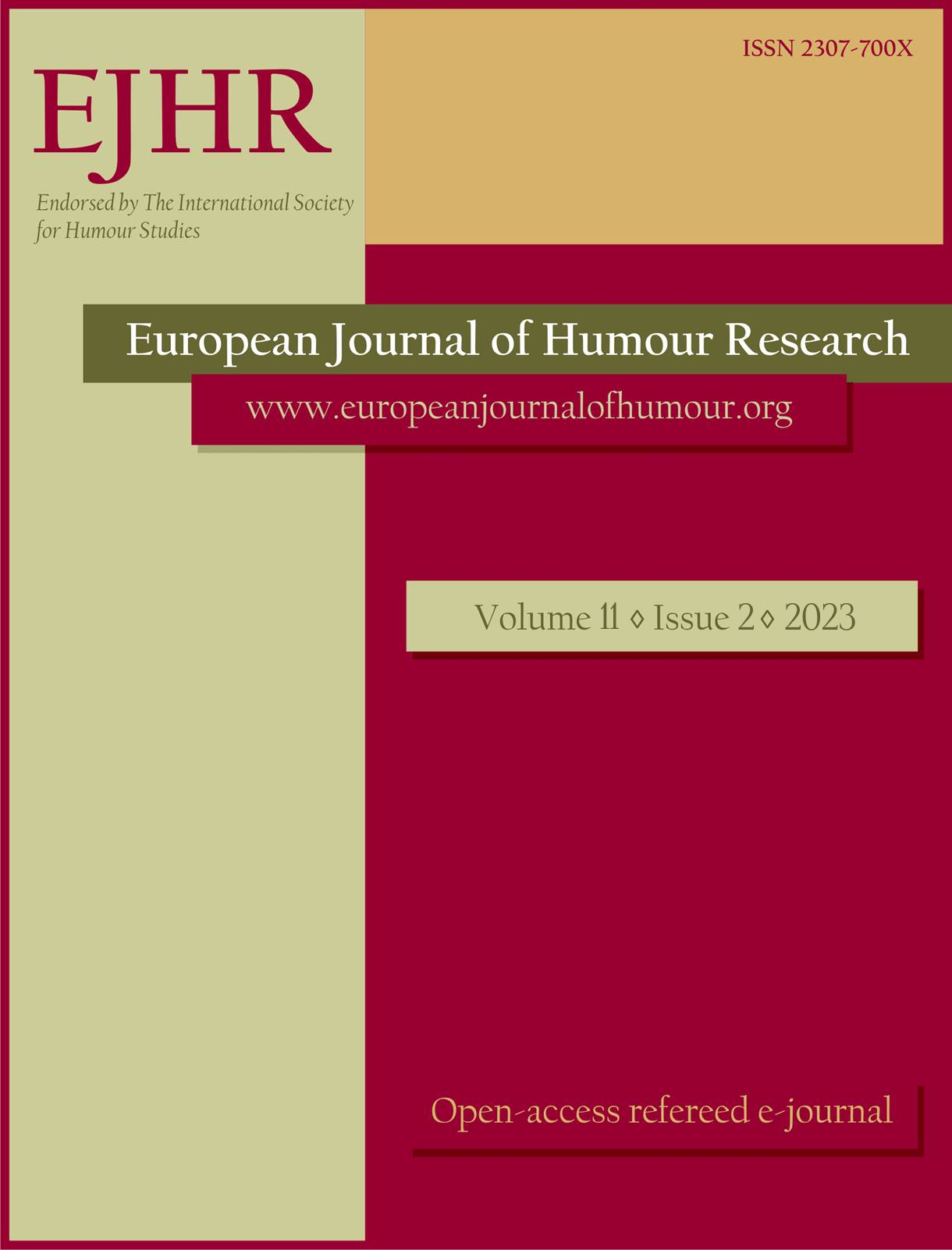Humour and allusions on screen:
Humour and allusions on screen:
Looking into translation strategies of The Simpsons
Author(s): Kateryna PilyarchukSubject(s): Theoretical Linguistics, Pragmatics, Translation Studies
Published by: Krakowskie Towarzystwo Popularyzowania Wiedzy o Komunikacji Językowej Tertium
Keywords: intertextuality; allusion; humour; translation strategy
Summary/Abstract: Contemporary texts often require a reader or viewer with vast background knowledge. One of the reasons behind this is intertextuality: every text is reliant, to a certain extent, on previous written, filmed, or painted artifacts. Conveying intertextuality by means of another language implies that a translator recognizes allusions and their function, analyses their recognizability in the target culture, and offers a solution that maintains their pragmatic effect. In the case of a multimodal product like an animated cartoon, the translator is also tasked with bringing the verbal channel to conformity with the non-verbal one. This article focuses on translation strategies of allusions to examine whether the distance between the original and target language plays a crucial role in conveying allusive humour. The research corpus is complete Season 5 of The Simpsons animated sitcom and its three translations: German, Ukrainian, and Russian. Selected scenes are discussed in light of the General Theory of Verbal Humour (Attardo, et al. 2002) and strategies for translating allusions (Leppihalme, 1992). The findings suggest that the distance between languages is not a key factor when searching for effective translation solutions, and that it is a translator’s competence that plays a major role in humour translation.
Journal: The European Journal of Humour Research
- Issue Year: 11/2023
- Issue No: 2
- Page Range: 121-141
- Page Count: 21
- Language: English

